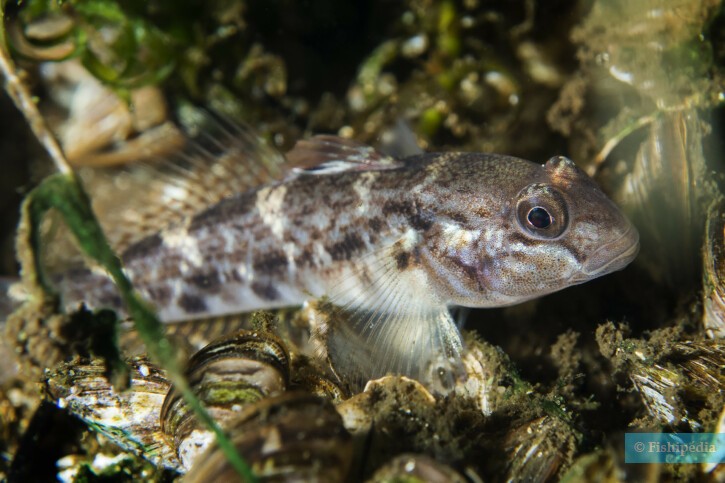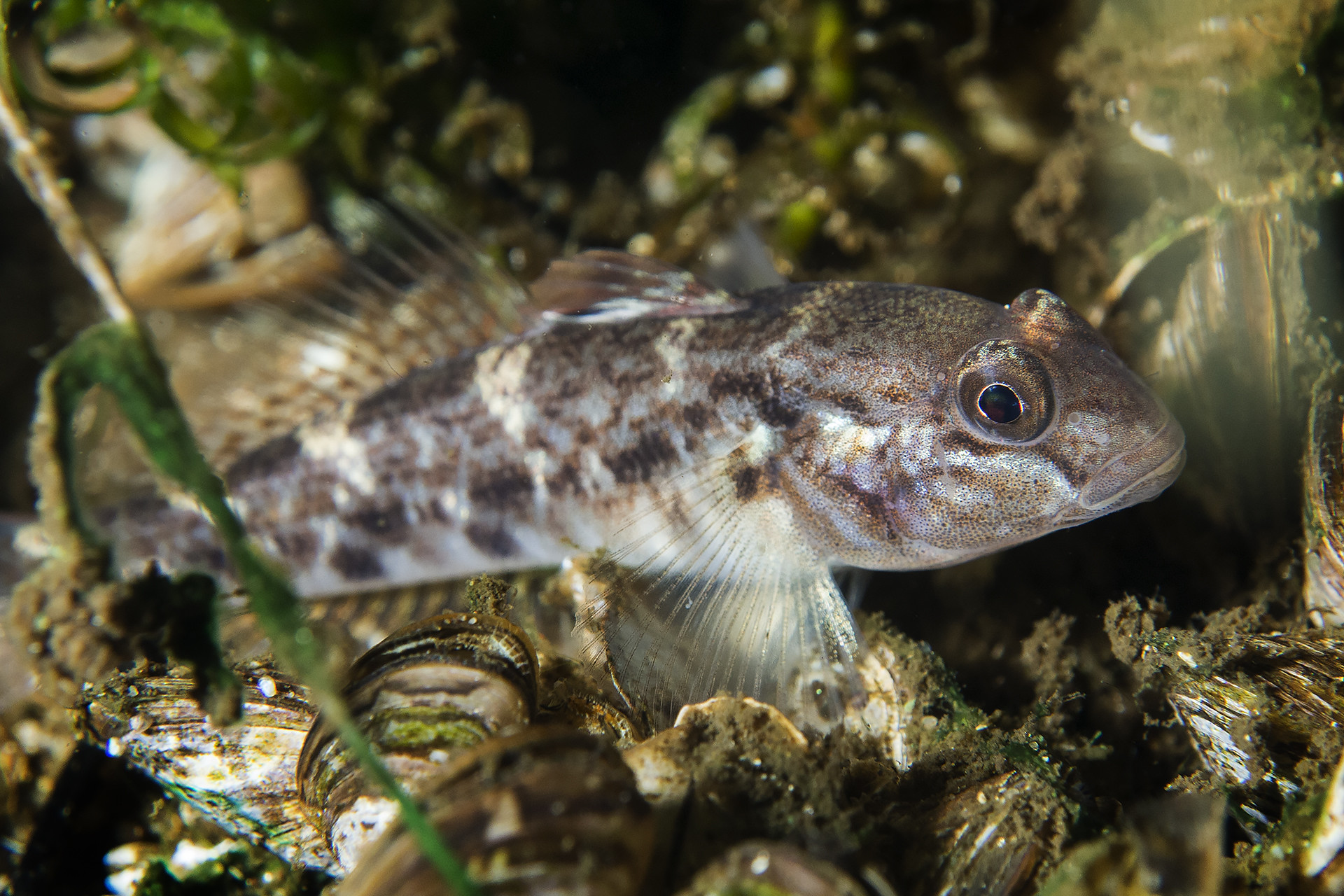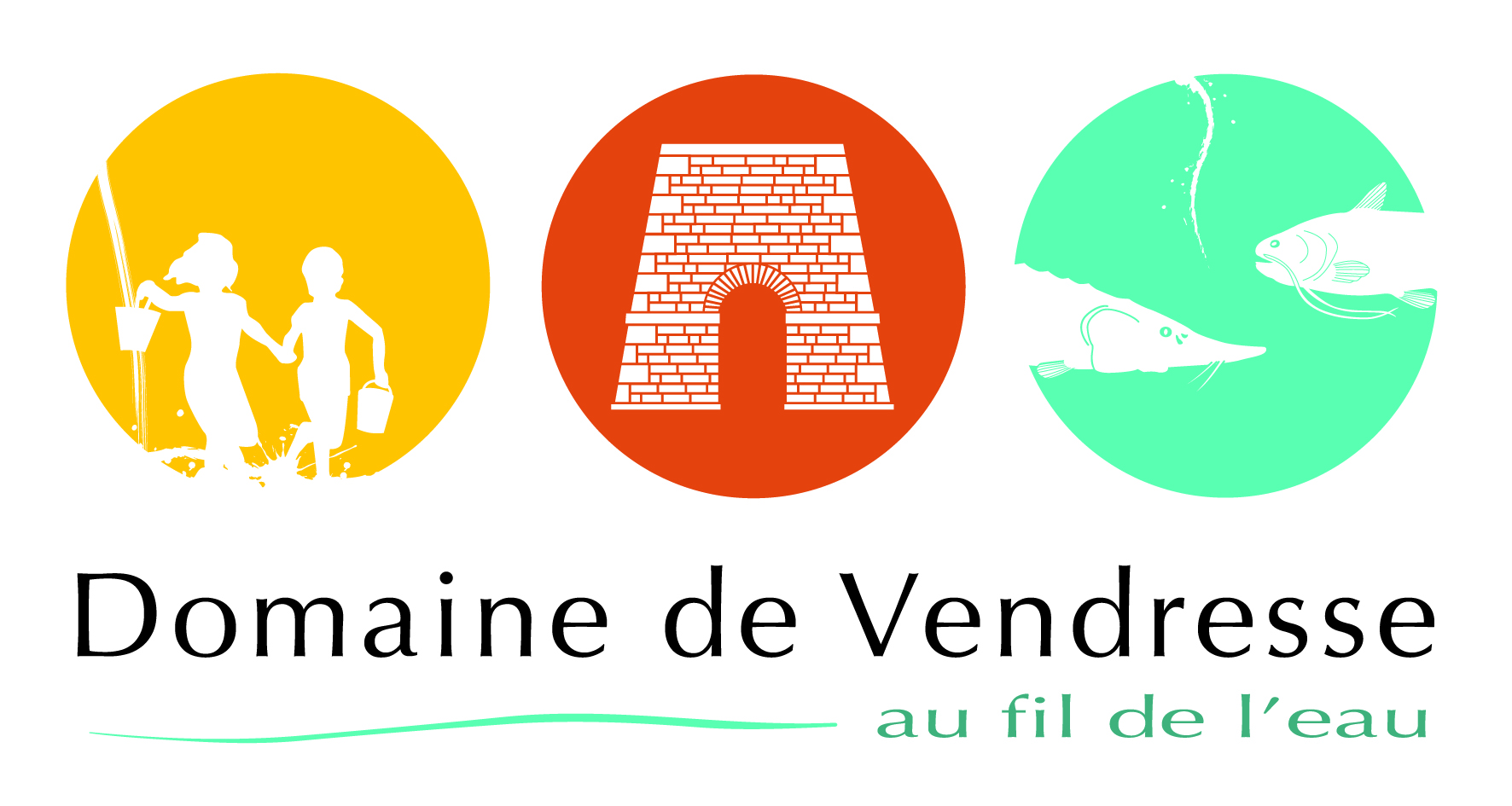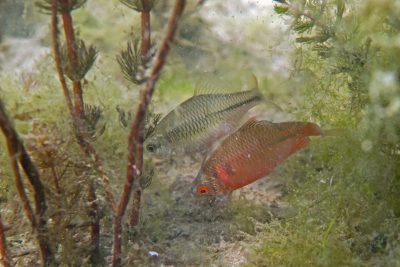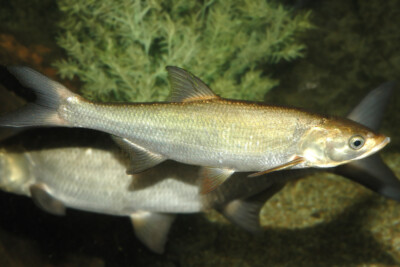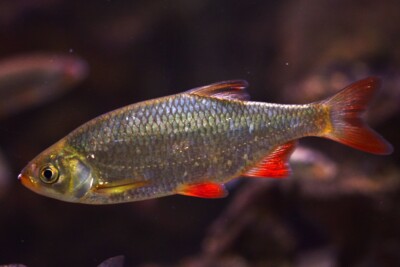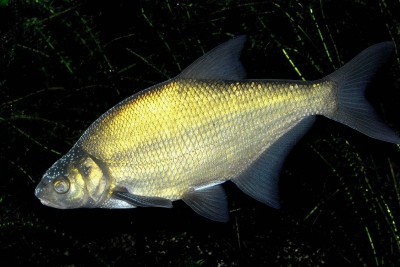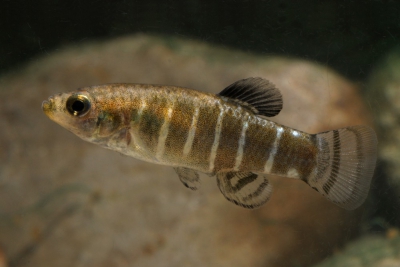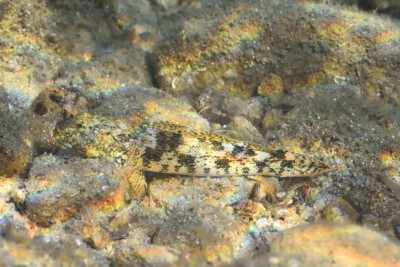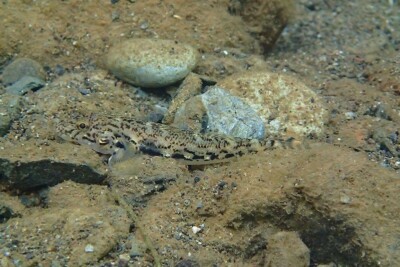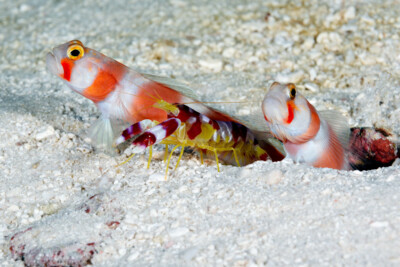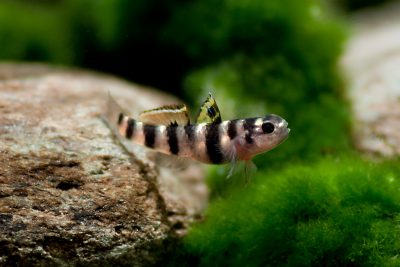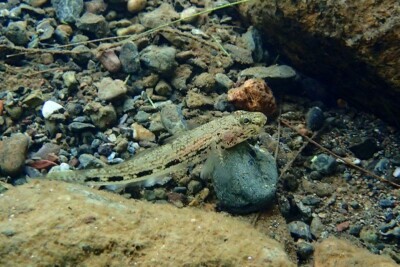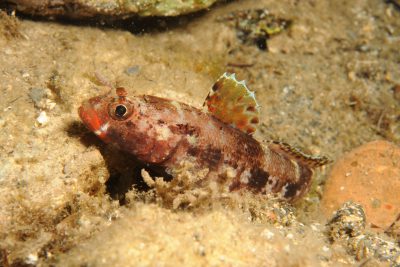Introduction
Neogobius melanostomus, commonly known as round goby, is a fresh water, brackish water and salt water fish.
This sheet is currently being prepared. The texts currently proposed come from our data model or are being drafted. To request priority for this content, you can write to us HERE.
Who is it?
Morphology
-
Type
-
Average size30 cm
-
Maximum size35 cm
-
Mimicryrocky bottoms
-
Type
-
Average size30 cm
-
Maximum size35 cm
-
Mimicryrocky bottoms
How to recognize This fish ?
The round goby measures between 30 and 35 cm. This fish is multicolore with a predominantly marron and beige body.
Behaviour & Life cycle
-
dietcarnivorous
-
Sociabilitysolitary
-
territorialYes
-
Way of livingdiurnal
The round goby is a fish solitary naturally found on the bottom. This species is carnivorous .
The round goby is a territorial animal that does not tolerate any incursions into its living area. It is particularly virulent against other territorial species and it can provoke heated fights. Relationships between conspecifics are also hectic, with each seeking to secure its place.
Reproduction
-
Reproductionovipare qui pond sur substrat découvert
-
Migratory speciesYes
The round goby is a fish ovipare qui pond sur substrat découvert. This species is amphidromous. It gives birth to larvae in fresh water which are immediately carried by the current of the rivers to the sea. These develop in salt water until a juvenile stage and then migrate from the sea to the interior of the land to continue their growth. This fish protects its eggs from nearby predators.
Harmless species
This species does not represent any particular threats to humans when encountered in its natural environment.
Origin and distribution
What is its habitat?
Natural environment characteristics
-
Temperature4 - 20 °C
-
Depth0 - 30 m
-
FlowSlow and Stagnant
Biotope presentation
The round goby is most often found at a depth between 0m and 30m. However, it is not impossible to find this species at other depths.
Species of the same biotope
To go further
Sources & Contributions
Participation & Validation
The Fishipedia team and specialist contributors are committed to providing high-quality content. However, although the information comes from scientific sources or testimonials from specialists, the cards may contain inaccuracies.

Benoit Chartrer
Translation
Translation done with the valuable contribution of our translators, who make this information available to a wider audience. We sincerely thank them for their commitment.
Scientific partners
Tags
Species of the same family
Species of the same biotope
